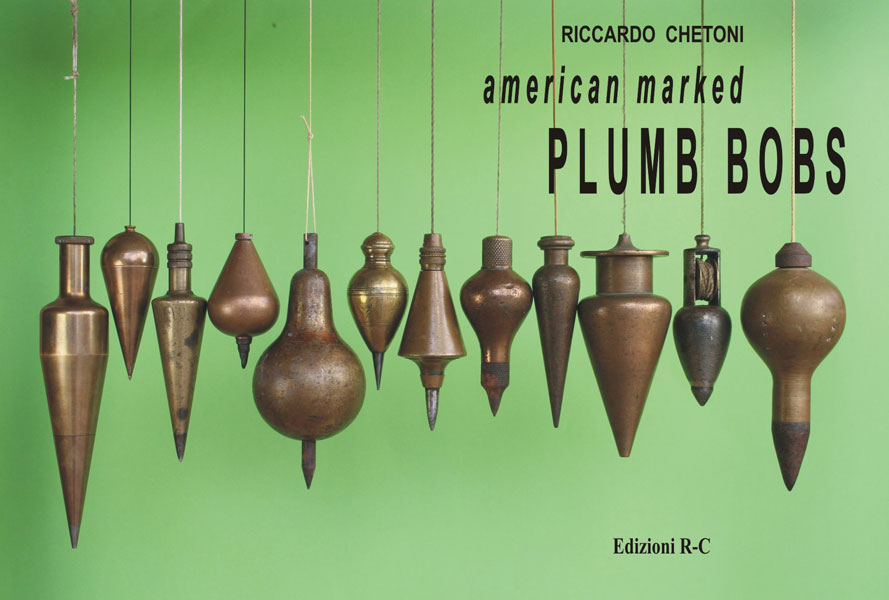
The second section is how will the slope affect the putt and then then the third section is what will it do when it’s on the next flat section towards the hole. The first part would be what will a putter do on my relative flat section before it gets to the slope. The best way to actually read the green is actually to break it into three parts. The chance of actually making that putting one go is pretty slim depending on the severity of the slope. Now if we imagine that you’ve got yourself onto the wrong tier how do you then read that green, how do you putt well from the wrong tier? Firstly you have to understand you’re in a difficult position and the ideal – the ideal scenario here would be taking two putts, first putt close second putt in.

Big tier at the back, big sloppy Mackenzie slope, and then another tier at the bottom. You’ll see on Augusta National quite a few greens with big slopes and then big tiers, and probably the ninth green most famous example. So that severe slope is often called the Mackenzie green after Allister Mackenzie golf course designer who originally actually laid out Augusta National. How can you improve your putting on two tiered golf greens? So initially we need to look at what is a two tiered golf greens basically two separate levels possibly separated by quite a big severe slope.
Putting plumb bob method series#
To watch part one of Quackenbush's four-part video series on the I'm Aligned method, click here.Why Do Some Players Read Their Golf Putts With A Plumb Bob Method (Video) - by Pete Styles “This was not only done, and found to stabilize the swing but it seems to have an inertial gyro effect, which stops the putter face wobble.” “And it must face toward the ground towards gravity and the lie angle,” Quackenbush says, noting manufacturers should consider adding this weight to the putters they produce. Quackenbush says the actual round shaft itself needs more weight, not a heavier putter head, but more dead weight just above the head on the round shaft. It acts like the pendulum in a grandfather clock." "I made another major discover," he says. “As you may know, a golf putter shaft is about 70 degrees vertical. 1550 has already had the plumb-bob capabilities." "My 'I'm Aligned' discovery is (like) the isosceles triangle, of which the golfers two arms, locked elbows, and hands form. So every golfer in history, St. So when golfers line up over the ball and look left or right on an angle, the eyes and brain cannot find the correct line to putt. “Also, eyes work in the horizontal plane. I not only have witnesses, but the one neighbour who golfs made the close putts and hole-in-oned over and over also. "The eye and body nicely resolve this accuracy. In fact, he even shows a reporter how he can sink putts using the aforementioned block hockey stick or even a large block of wood. “I then looked at the putter face, and set it exactly toward the pin, then held it very steady by pressing it a bit into the grass, then swung the body around to the putting direction, and did a smooth stroke with range control, and made a putt to within inches to the pin, and a few putts later, a hole-in-one from 30 feet out.”Īnd Quackenbush says one doesn’t need a $700 putter to use the alignment method. Quackenbush says that looking up and down is good at finding a line of travel, but doesn’t achieve the ultimate goal of going into the cup since the putter face isn’t properly aligned.īut when he started standing behind the ball to align it using a pistol grip that he would then translate to his putter and using specially marked shoes, his chances of the ball going into the hole greatly improved. It will not be by science, but instead more by chance.” As the direction will always be out somewhat, the ball will always miss or go in the hole.

“I was looking down at the ball then back up at the pin flag to try to get a straight putt for the test. “During testing, I was standing over the ball facing the pin,” he explains, pointing out that traditionally golfers will look toward the pin at an angle while lining up their shots. (To read our earlier story on the block hockey stick, click here.) To test out his alignment theory, Quackenbush installed two golf holes in front of his Midland home. The Midland inventor behind the block hockey stick believes he’s found a system that could revolutionize golf by turning an average duffer into a PGA Tour pro.ĭonavon Quackenbush calls his new putting technique the 'I'm Aligned' method and says it employs simple geometry and body alignment to help a golfer go from a three- or four-putt player on the green to a one putter.


 0 kommentar(er)
0 kommentar(er)
